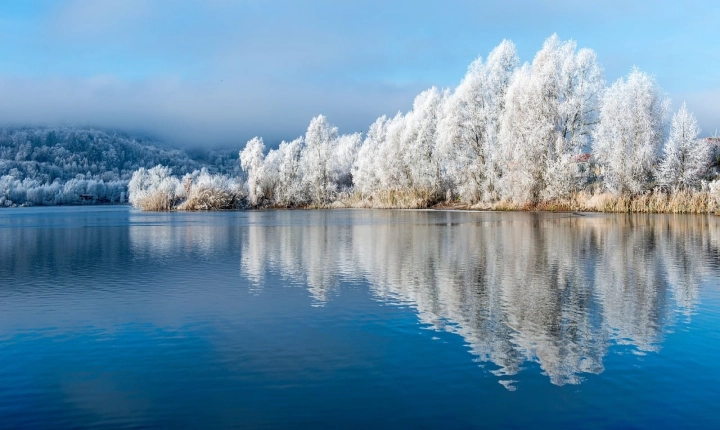AI Art: The Intersection of Technology and Creativity
The world of art has always been a realm of human creativity, skill, and expression. However, the emergence of artificial intelligence (AI) has added a new dimension to the art world, blurring the lines between human and machine creativity. AI art, also known as computational art or generative art, is the result of using algorithms and machine learning to create visual works of art. This fusion of technology and artistic expression has sparked both fascination and controversy within the art community, prompting questions about the nature of creativity and the role of AI in the arts.
One of the most intriguing aspects of AI art is the way in which it challenges traditional notions of artistic creation. While human artists often rely on their emotions, experiences, and unique perspectives to inform their work, AI art is created using complex algorithms and data processing. This raises the question: Can a machine truly create art? Proponents of AI art argue that the technology has the potential to produce innovative and unique works that transcend human limitations. By processing vast amounts of data and identifying patterns, AI can generate novel visual compositions that may not have emerged through traditional artistic processes.
An example of the possibilities of AI art is the work of the artist and researcher Mario Klingemann. Using neural networks and machine learning algorithms, Klingemann creates mesmerizing, surreal artworks that challenge our perceptions of what constitutes art. His pieces, which often blend elements of surrealism and abstraction, showcase the power of AI to push the boundaries of traditional artistic expression. Through his experimentation with AI, Klingemann sheds light on the potential for technology to inspire new forms of creativity and artistic exploration.
However, AI art is not without its critics. Some argue that the use of algorithms and machine learning in art production strips away the human element of creativity, reducing art to a mere technical exercise. They express concerns that AI art lacks the emotional depth and cultural context that defines human-generated artwork. The debate over the authenticity of AI art is likely to continue as the technology evolves and becomes more integrated into the art world.
Despite these debates, AI art has the potential to revolutionize the way we perceive and create art. The technology offers new tools and methods for artistic expression, providing artists with opportunities to explore unconventional approaches and push the boundaries of traditional artistic practices. Furthermore, AI art has the potential to democratize the art world by making the creation and enjoyment of art more accessible to a wider audience.
In conclusion, AI art represents a fascinating convergence of technology and creativity. While it challenges traditional notions of artistic creation, it also opens up new possibilities for innovation and experimentation in the art world. Whether AI art will ever be fully accepted as a legitimate form of artistic expression remains to be seen, but there is no denying that it has already made a significant impact on the art world. As technology continues to advance, it is likely that AI art will continue to evolve, inspiring new forms of artistic expression and shaping the future of the art world.
